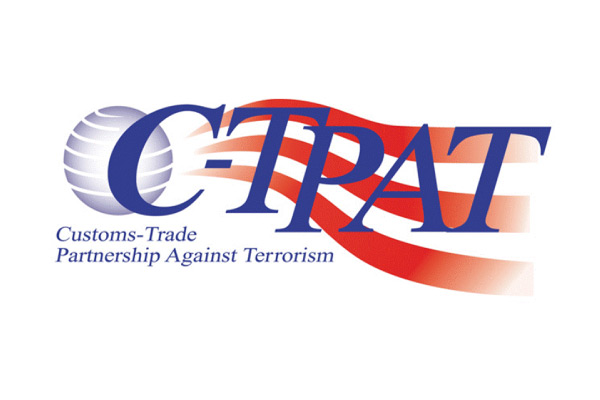Distribution strategies are the sets of decisions that determine how a company wants its product to reach the end customer.
Their importance is fundamental for the proper functioning of a company, since they involve several areas, and the correct choice of the type of distribution in each case will be key.
The first issue that will determine the strategy will be the type of distribution chosen. That is, if you choose direct or indirect distribution.
In the case of direct distribution, the company itself is the producer of the good that is marketed and is also responsible for ensuring that it reaches the hands of the final consumer, without the intervention of intermediaries.

On the other hand, indirect distribution requires the participation of intermediaries in the process, who will be in charge of distributing the goods to the different points of sale.
This fact entails an increase in the final price, since another agent in the chain comes into play who will set an amount for the next link to obtain their own profit margin.
Types of indirect distribution
- Intensive distribution
This seeks to ensure that the product is placed in the maximum number of sales channels possible with a view to achieving a high sales volume. Therefore, it will require the intervention of an intermediary. This type of strategy is common in essential products, such as the foods that can be seen on the warehouse shelves of supermarkets or pharmacy goods.
- Exclusive distribution
Limit points of sale to only those of the brand. In general terms, this choice is that of companies in the luxury sector and other exclusive goods, since it is very suitable for product differentiation in the market and for adding prestige to the brand. For this reason, the customer experience usually has a high weight, over which they have complete control as they lack all types of intermediaries.

- Selective distribution
The product will be limited to certain points of sale that the brand deems appropriate. Companies in the fashion world usually opt for this type of strategy.










